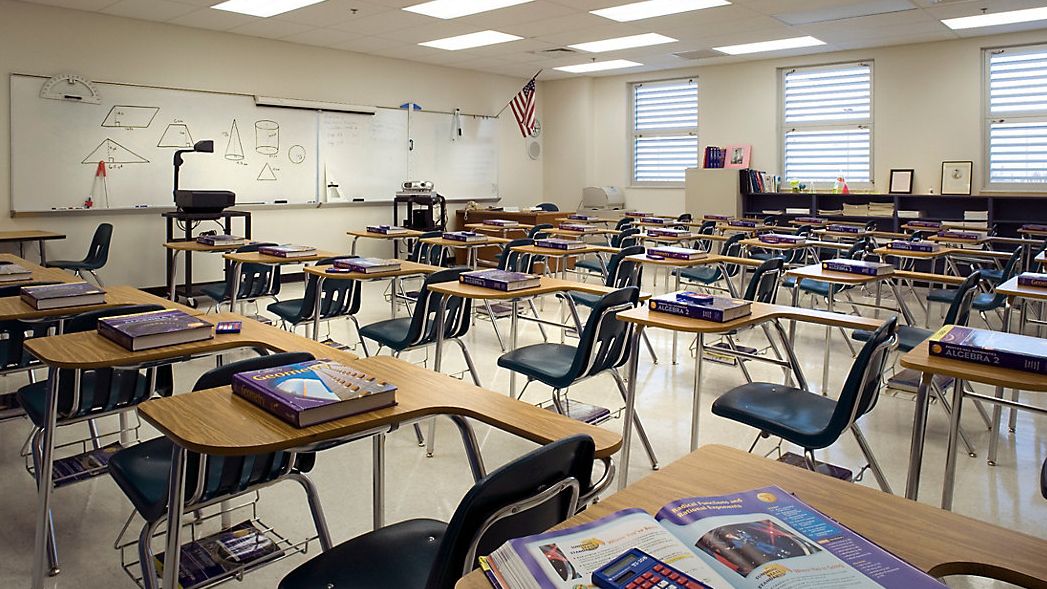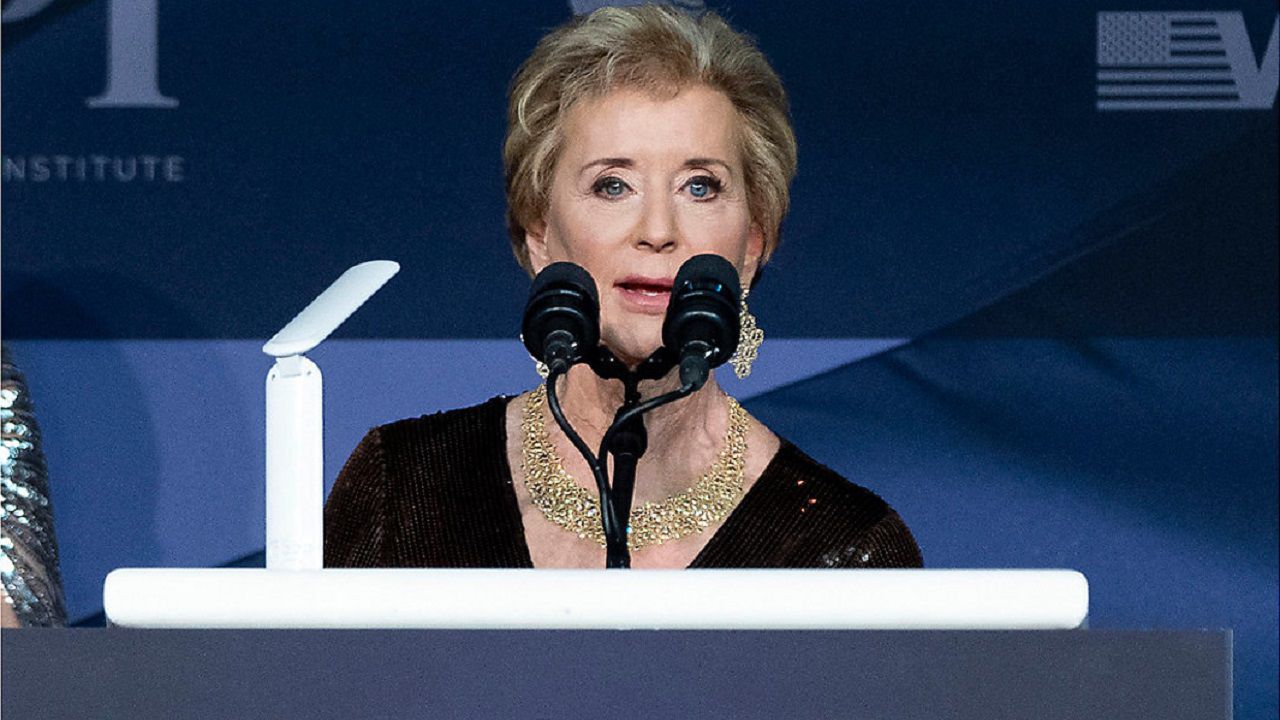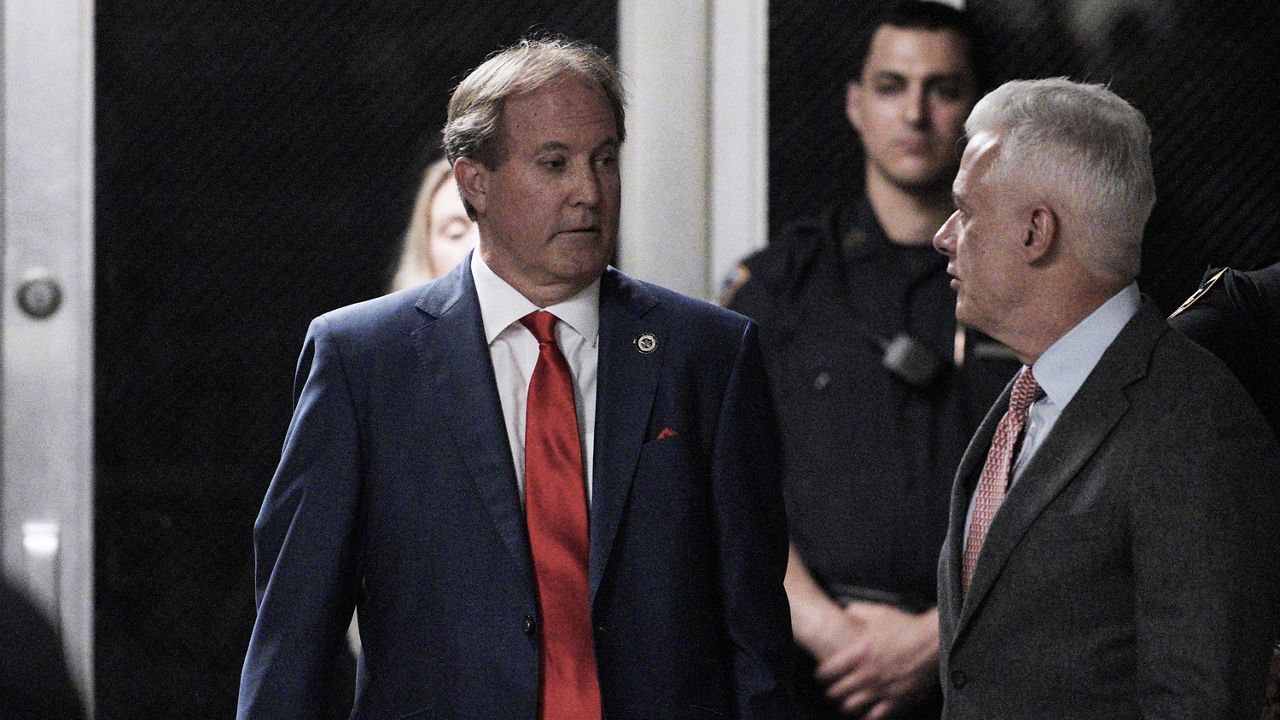AUSTIN, Texas — Enrollment in Texas schools is declining and will continue to decline for at least the next decade, despite the massive influx of new residents to the state, Commissioner Mike Morath told Senate budget writers at a hearing on Monday morning.
Texas, like many states, lost student enrollment during the COVID-19 pandemic, but Morath said that loss was just one factor in a greater overall trend of declining enrollment for Texas public education.
“For the last two decades, student enrollment in public schools in Texas has been growing by leaps and bounds. We probably added 70,000 kids each school year for the better part of the last 10 to 15 years,” Morath said. “To put that in perspective, it’s sort of like an Austin ISD-sized school system just emerging, whole cloth, every single year.”
COVID-19 adjusted that trajectory, but that trajectory began changing after the Great Recession of 2011, Morath said. The trend crossed all racial and ethnic groups. In Texas and across the country, people started having fewer babies, Morath said. For the first time in recent memory, the number of students leaving Texas schools exceeded the number entering in the 2020-21 school year.
As fewer children enter the public school system, it’s going to create a sort of negative enrollment bubble moving up the grade level as fewer students move forward to graduate.
To add specific numbers, the enrollment in the year before the COVID-19 pandemic was 5.5 million children in the Texas public school system. That dropped to 5.3 million, rebounded to 5.5 million and is projected to drop slowly over the next four years; specifically, a 2.2% decline.
Texas has fewer children in middle school this year because it had fewer children entering pre-kindergarten and kindergarten after the 2011-12 school year, according to TEA numbers.
A Prosper or a Frisco school district might see enrollment increases because the communities are magnets for economic development, Morath said. Families will move to those cities for jobs.
“But the best projections that we have is that enrollment is going to actually begin to trend negative on a net basis for the next decade in Texas because of this shift in birth rates,” Morath said. “And this is not well understood. This is a statewide phenomenon. It’s not specific to any region or geography.”
Sen. Paul Bettencourt, R-Houston, pointed out that the overall expenditures on public education may continue to increase, even as the number of students declines. Texas, under House Bill 3 in 2019, poured additional funds into the school finance formula to reduce the property tax burden for homeowners and support specific interventions such as dyslexia and bilingual education.
Hypothetically, declining enrollment could free up additional revenue Texas has been rolling into the public education system, Bettencourt suggested. For every additional 70,000 students in Texas schools, the state and local taxpayers must cover a cost of roughly $10,000 per child, or an extra $700 million per year.
The Senate had a specific interest in fixing the state’s special education funding formulas this year. An interim committee reviewed the actual cost of special education support, comparing it to what school districts actually provide.
“If I remember correctly, I think that was a $600 to $650 million budget item if we implement everything in that commission report, off the top of my head,” Bettencourt said.
Morath said federal funds only cover 17 cents of every dollar spent on special education.
Lawmakers will have other demands for additional education funding besides teacher pay raises. Public education advocates are lobbying hard this session to switch from funding based on actual enrollment rather than average daily attendance.
Funding based on average daily attendance disadvantages school districts that have a high concentration of low-income students, according to an analysis from Every Texan.
During his testimony, Morath said education funding based on enrollment would be a decision of state policymakers. Only a handful of states actually use enrollment for public education funding.
On the one hand, funding based on enrollment provides a more predictable funding stream for school budgeting. Conversely, average daily attendance offers a financial incentive for school districts to invest in outreach and bring students back to campus.










